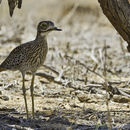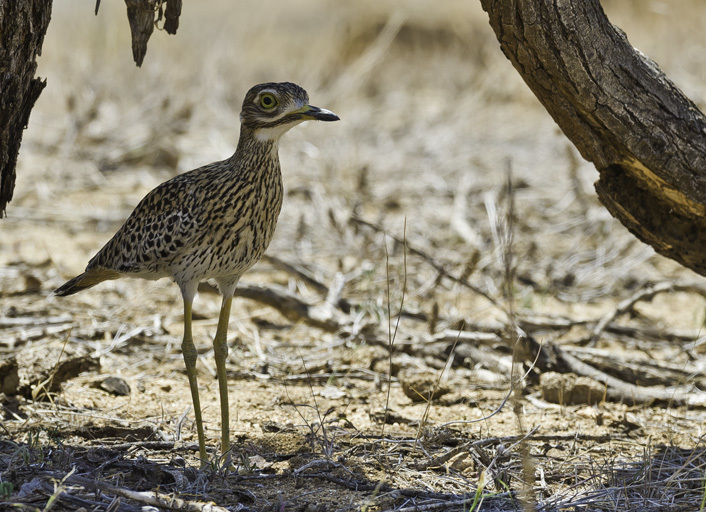en
names in breadcrumbs



Burhinus capensis (Cape Thick Knee) is a species of birds in the family stone-curlews. They are found in Afrotropics and the palearctic. They rely on flight to move around.
EOL has data for 21 attributes, including: